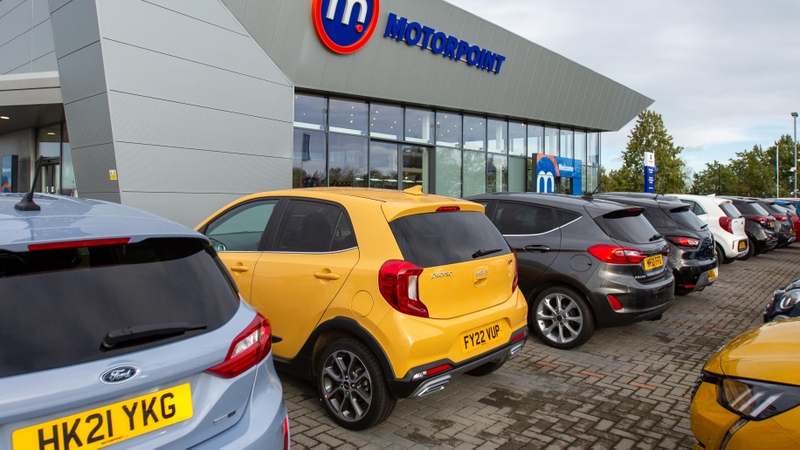
Dacia Sandero engines, driving and performance
Gallery
How does the Dacia Sandero drive?
Probably better than you might expect. Modestly sized wheels and no focus on sportiness whatsoever makes the Sandero surprisingly comfortable.
It’s no soggy blancmange through the corners, either. The Sandero’s body control is pretty good; the driving experience feels stable and assured. You won’t feel like you’re driving a tin can held together with sticky tape.
One of our main complaints is the vague clutch feel, which takes some of the precision out of the driving experience. But it’s something you’d probably either get used to or not notice at all if you owned the car.
Is the Dacia Sandero comfortable?
The Sandero has been set up with a soft edge and it takes the harshness out of bumps really well. It’s probably been tuned with Romanian roads in mind which, in some places, rival Britain’s crumbling asphalt.
Ride quality is good, especially considering the size and price of the Sandero, and the seats are comfy as well.
There’s a bit of road noise, but it’s not too bad and certainly no worse than its nearest competitors.
What’s the best engine to get?

We’d avoid the 1.0 SCe petrol engine unless you really want to keep purchase and insurance costs down. For the majority of drivers it simply won’t be powerful enough, and it needs a lot of revving to get up to the pace on faster roads. It’s no longer available in new Sanderos.
The turbocharged TCe engine is a better bet for most buyers. It has more power overall, and more power available lower in the rev range. So it feels more comfortable on faster roads, yet is still perky around town. The TCe has a six-speed gearbox to the SCe’s five-speed, boosting refinement and real-world fuel economy.
Alternatively, there’s the Bi-Fuel engine that can run on petrol or liquefied petroleum gas (LPG). You won’t find LPG at every petrol station but, where it’s sold, it’s usually about half the price of petrol. With both tanks full, the Sandero should be able to manage 750 miles or more.
A CVT automatic gearbox is available on the mid-range TCe petrol engine, but we wouldn’t choose it unless a manual car is out of the question. It’s slower and marginally less economical – 49mpg versus 53mpg for the manual. On the road, you might not notice a difference. The Bi-Fuel engine returns 52mpg on petrol power and 43mpg on LPG.
Dacia Sandero performance
Both the 90hp TCe petrol (with a manual gearbox) and the 100hp Bi-Fuel version dash from 0-62mph in a reasonable 12.2 seconds. There might be times when you’d like a little quicker acceleration, but on the whole these engines should cope well with normal day-to-day driving.
Choose an automatic gearbox and the 0-62mph time increases to a disappointing 13.4 seconds. You’ll need to be really patient in the 65hp SCe entry-level engine, though, as that takes three whole seconds longer.



















































